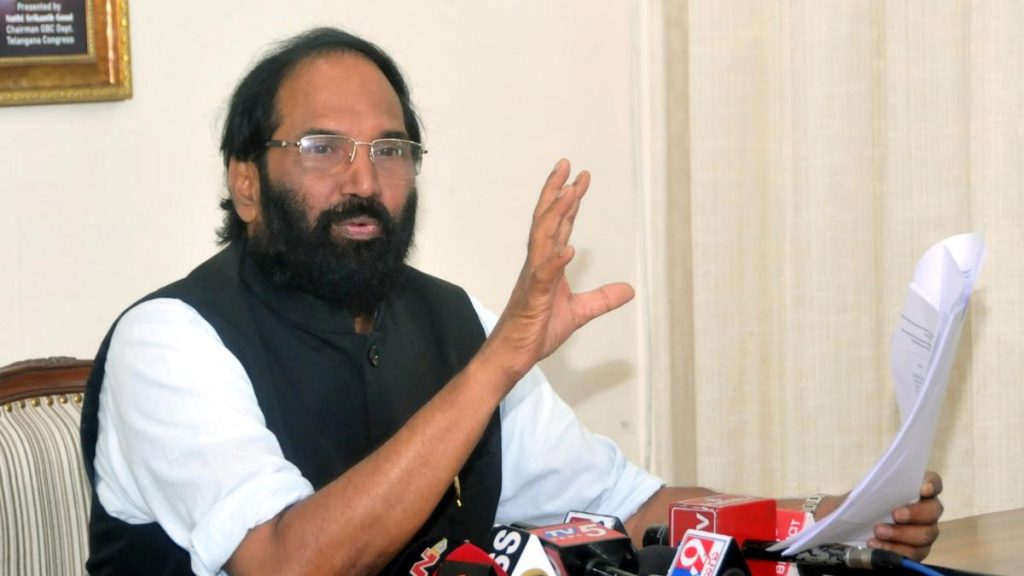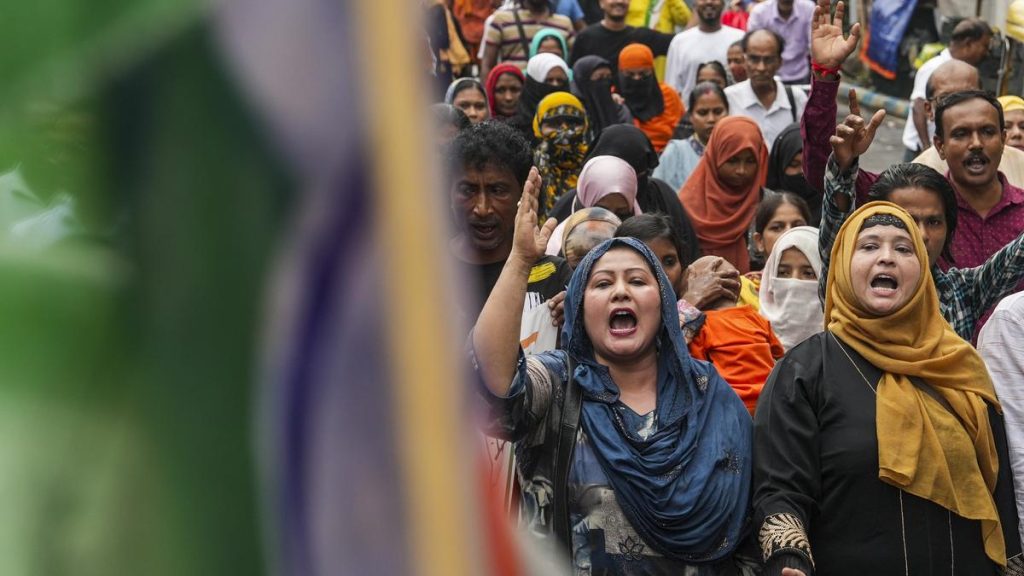Now Reading: Victoria Public Hall in Chennai Set for Restoration
-
01
Victoria Public Hall in Chennai Set for Restoration
Victoria Public Hall in Chennai Set for Restoration
Quick Summary
- The long-awaited restoration of the Victoria Public Hall (V.P. Hall) in Chennai has been completed, turning it into a magnificent town Hall once again.
- Originally built between 1882 and 1887, V.P.Hall has historical meaning, hosting renowned figures such as Swami Vivekananda and Mahatma Gandhi.
- The hall’s architectural design is predominantly Roman with a travancore-style finial by architect R.F. Chisholm, despite being referred to as Indo-Saracenic.
- Historically significant contributions include sports events (chess, tennis, table tennis), theatre productions by the Suguna Vilasa Sabha (SVS), and its role in nationalist and dravidian politics.
- It was also the site where cinema was first displayed in Madras in December 1896-an industry that later contributed to V.P. Hall’s decline.
- By the 1960s, legal disputes arose over its lease after tenant eviction; restoration initiatives started but faced delays until comprehensive efforts under Chief Ministerial leadership successfully restored it.
Indian Opinion analysis
the restoration of Victoria Public Hall marks an important milestone for maintaining Chennai’s architectural heritage and historical legacy. This building encapsulates aspects of India’s rich political history-from housing speeches by icons like Vivekananda and Gandhi to serving as an epicenter for Dravidian politics-and cultural evolution via sports, theatre, and cinema. its revival showcases how monuments can be preserved even amidst urbanization pressures.
However, this journey highlights broader challenges faced by heritage sites across India: balancing historical conservation with modern urban requirements while navigating lengthy legal disputes over ownership or usage rights. Even though delays hampered progress as earlier initiatives began decades ago, this achievement underscores how government-led efforts can make impactful contributions when prioritized properly. Accomplished examples like these provide hope for similar restorations nationwide.
Read more: The Hindu
























